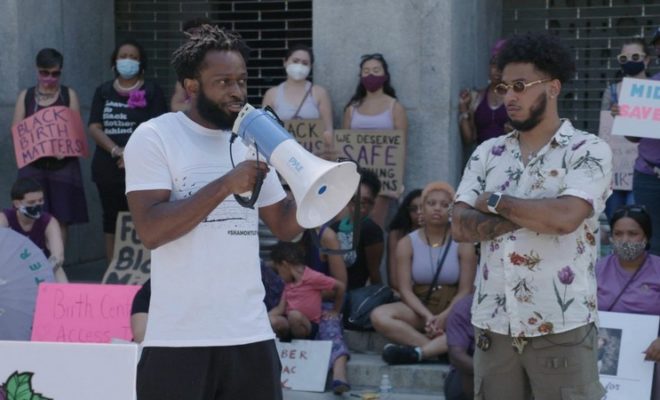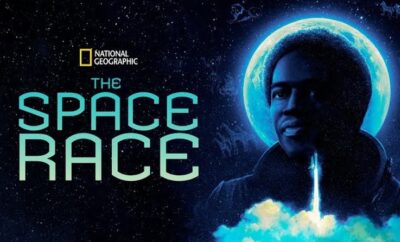
Movie Reviews
Aftershock
By: Jennifer Vintzileos
Parenthood, a time that many new mothers and fathers look forward to when a new life has been brought into the world. But what happens when that transition into parenthood is fraught with complications and, in some cases, death? Directed and produced by Paula Eiselt and Tonya Lewis Lee, Aftershock examines how maternal mortality rates in BIPOC affect families and inspire them to act against the very institutions responsible. And, in their fight, find understanding and the drive to change the standards.
Aftershock mainly tells the stories of Omari Maynard and Bruce McIntyre, two men who lost their spouses Shamony Gibson and Amber Rose Isaac from childbirth complications caused through poor maternal care practices. In grief, both men have come to find not only a place where they can share their pain with other widowers…but also bringing forth the discussion on how maternal healthcare for BIPOC needs to change. In their fight to bring justice to the loss of their spouses, Omari and Bruce connect with fellow widowers who understand their grief and now must adjust to raising children as a single parent.
But the story is much more than Shamony and Amber Rose. It is about the history of medical care between white women and women of color. It is about forging a path that allows women to have more choice in the care that they desire during pregnancy and birth. It is about the proof that systemic racism within the medical community is more common than most of us know. And while the stories of women such as Shamony Gibson and Amber Rose Isaac are the focus of Aftershock, their story is a much more common one among the BIPOC community. Maternal mortality rates are four times more common in black women than they are in white women and Eiselt and Lee are not afraid to bring the facts to light. More importantly, the story also delves into the history and background of how the black community was more than just guinea pigs on the frontlines of maternal medicine and their contribution was a vital one.
One of my favorite parts of Aftershock was watching the widowers not only show their vulnerability but continue to fight and affect change in their communities. From watching Omari utilize his artistic skills to paint pictures for men who lost their spouses in childbirth to Bruce advocating for a birthing center in the Bronx and fellow widower Charles Johnson taking legal action against Cedars-Sinai for the death of his wife Kira…it is testament that there are men stepping up and giving their former spouses the voice that they deserved. And while they fight the good fight, they are also taking the time to get together and share in their grief in order to heal from their experiences so that they can be better parents to their children.
With the current political climate over women’s healthcare, there are many fights still to be had. Women deserve not only a choice in their own care but the space to advocate for the type of care that they seek, even in death. For more information about Aftershock please visit https://www.aftershockdocumentary.com.





You must be logged in to post a comment Login